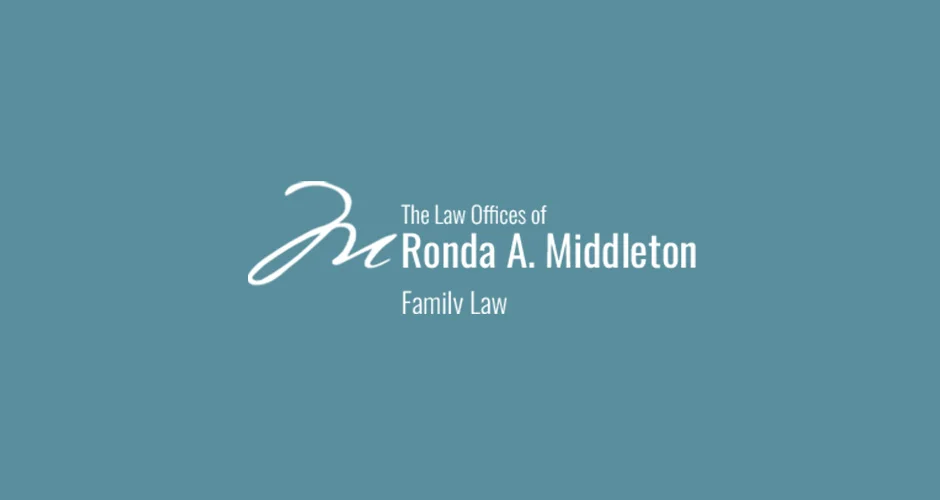Ways of approaching child custody

On Behalf of The Law Offices of Ronda A. Middleton |
California parents who are getting a divorce have a number of options available when it comes to child custody. There are many combinations of sole or joint legal and physical custody that may work for them. When parents have legal custody, they are able to make decisions about major issues in the child’s life such as health care and education. The child lives with the parent who has physical custody or splits time between parents if physical custody is joint.
While this alternating arrangement in which the child spends a few days or a week with one parent or the other is a common one, another option is bird’s nest custody. This allows children to remain in the family home while the parents alternate staying there. However, it requires a high level of cooperation and enough money for parents to maintain other residences.
In serial custody, a child lives for several years with one parent and then for a lengthy period of time with the other parent. One reason this approach might not work is that it can prevent the child from developing a strong relationship with the noncustodial parent. Split custody involves splitting up siblings and could be a difficult adjustment for children. Third-party custody occurs when a child is not placed with either parent but with another relative.
Ultimately, parents should strive to choose the custody arrangement that is in the best interests of the child. There may be special considerations, such as the child’s age or a parent who is deployed with the military or frequently on call for work. However, estranged couples should keep in mind that most experts believe that children should have the opportunity to build a relationship with both parents.
Request Your
Free Consultation
*Required Field


